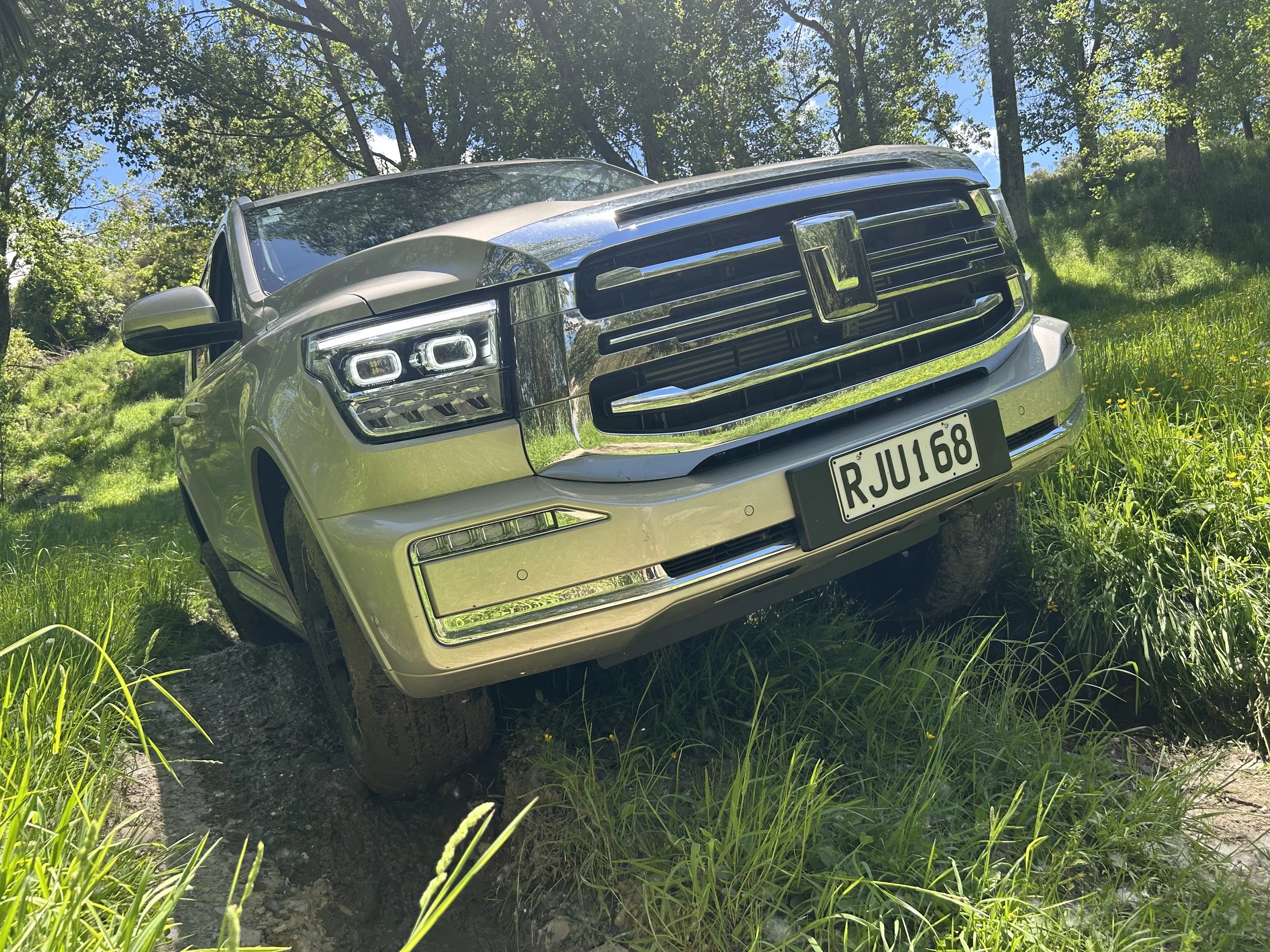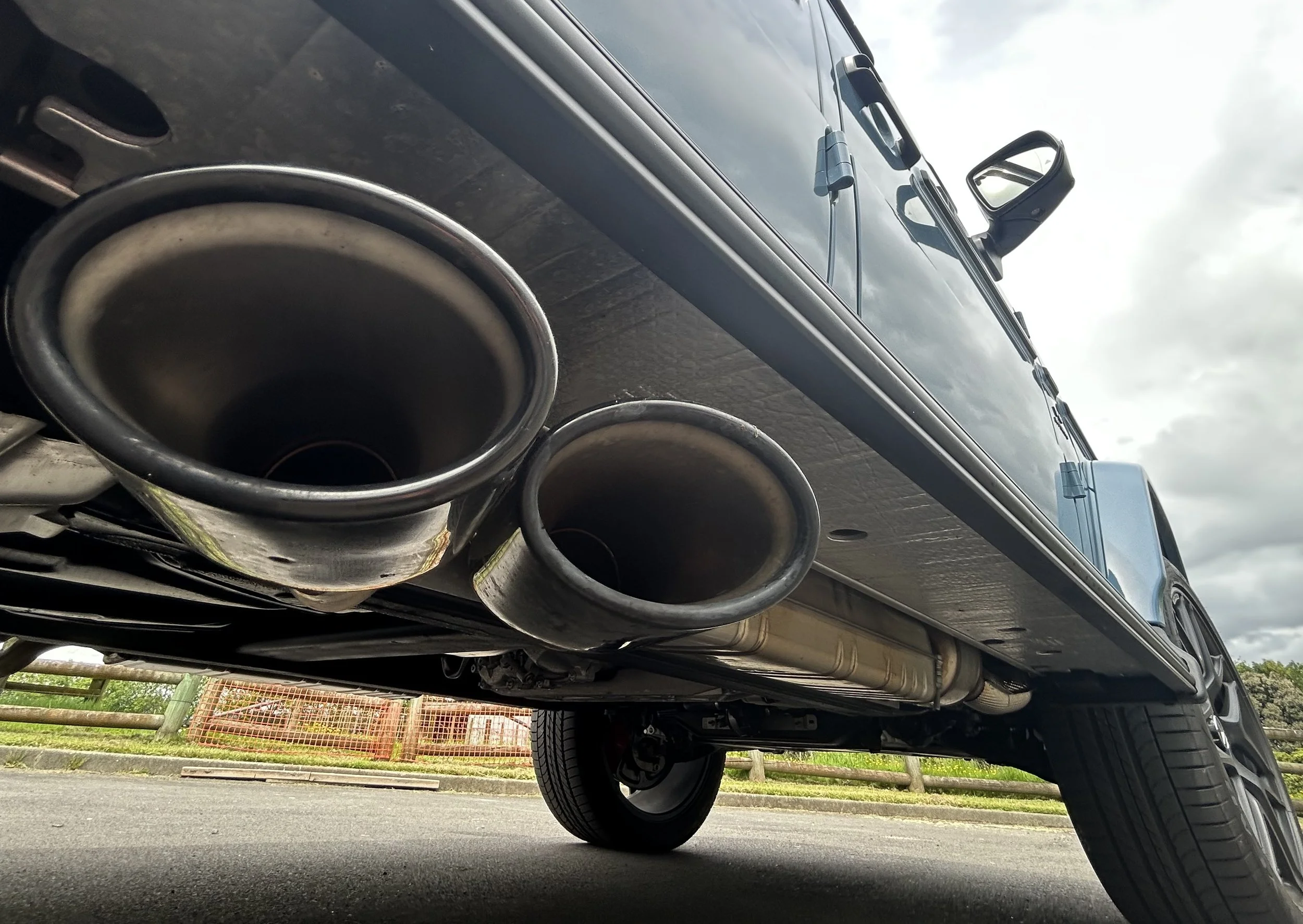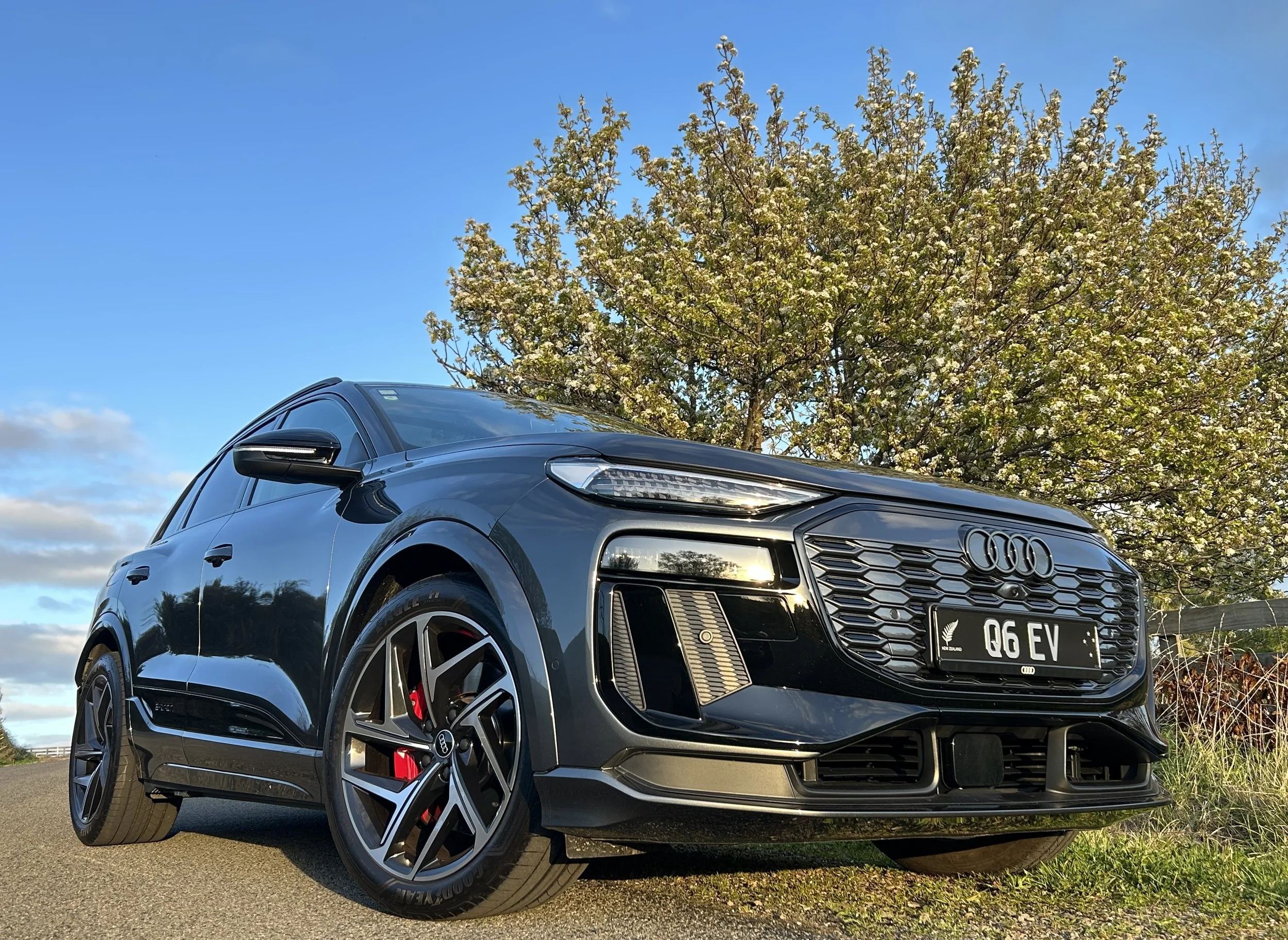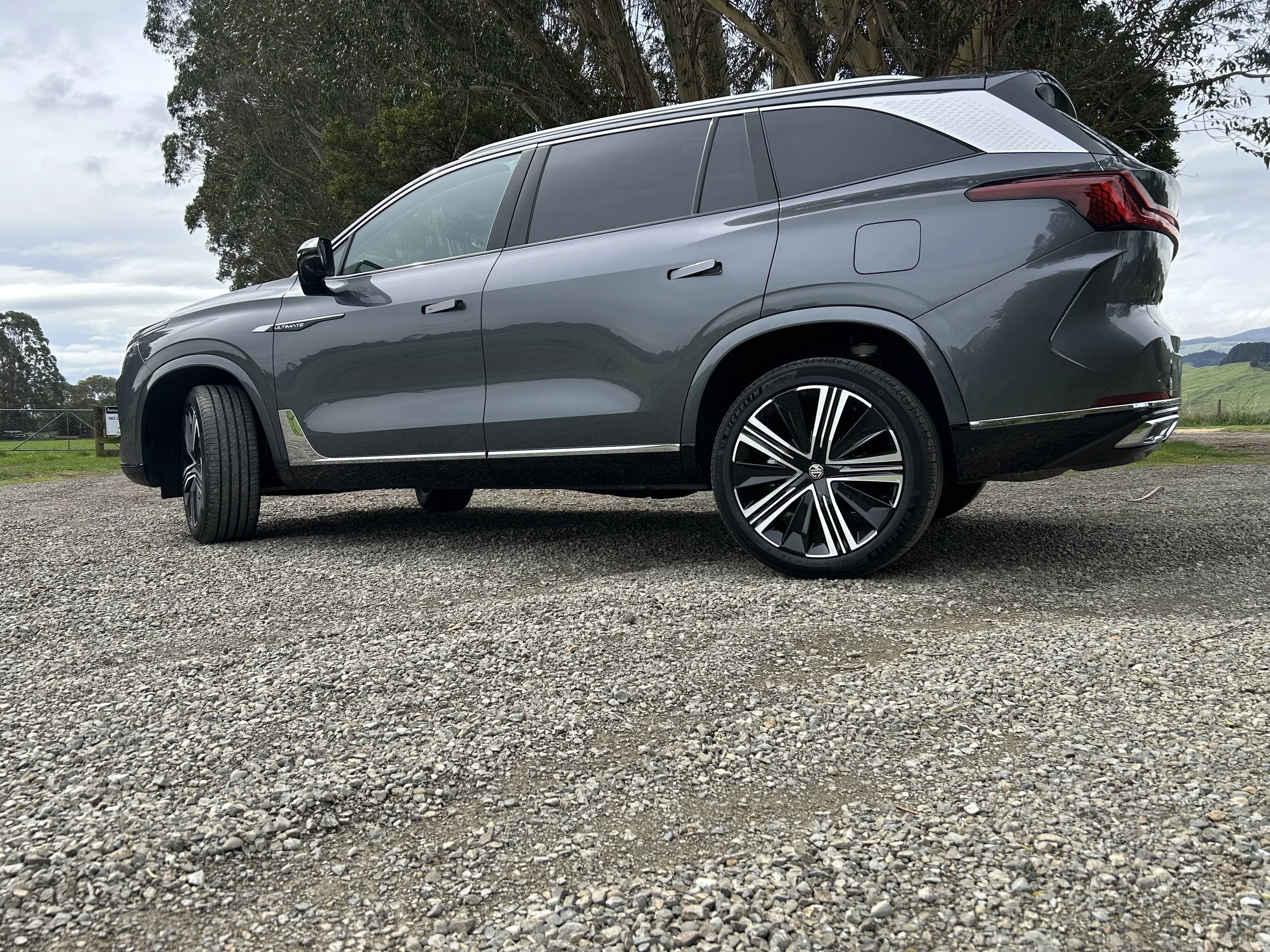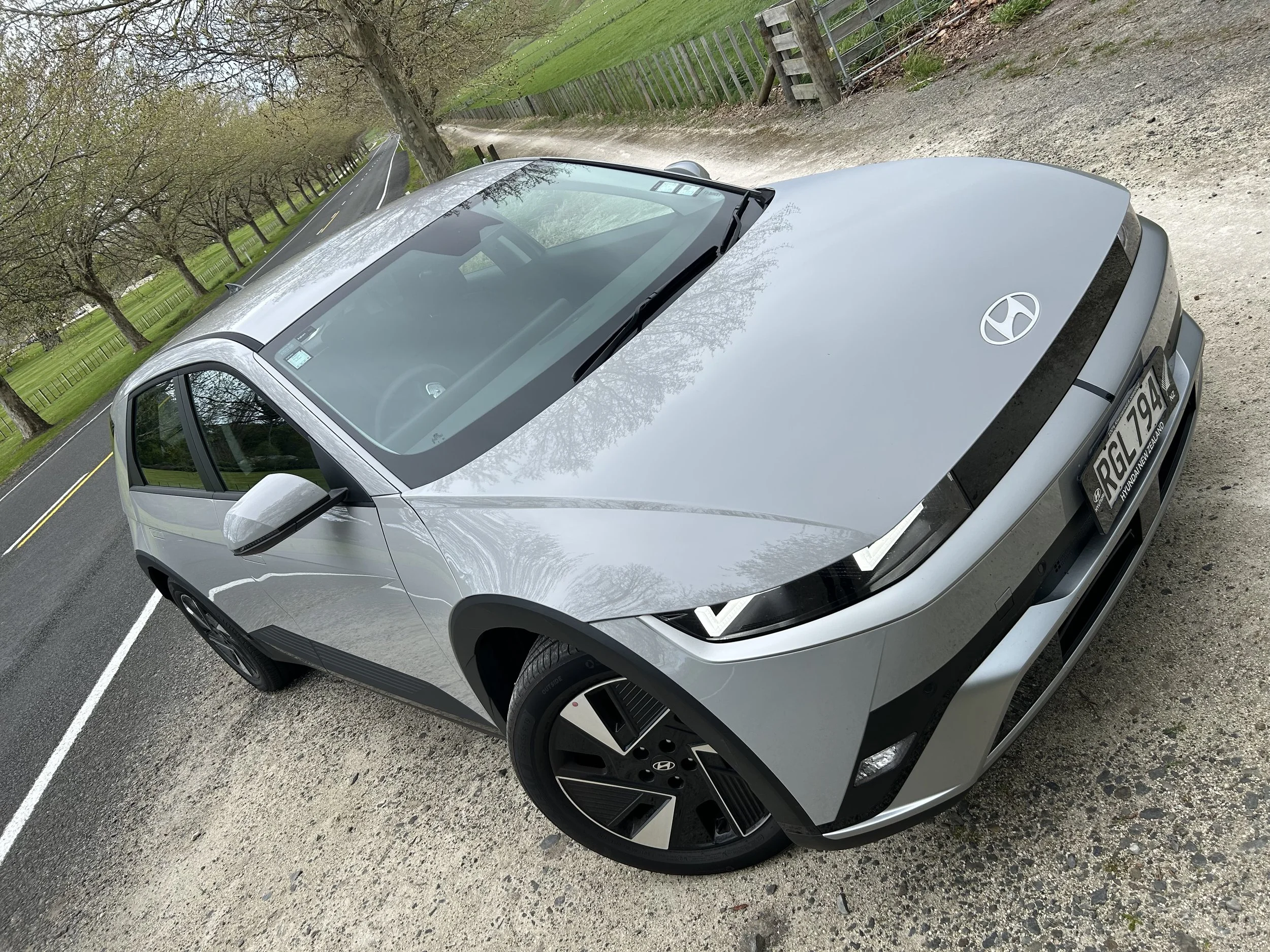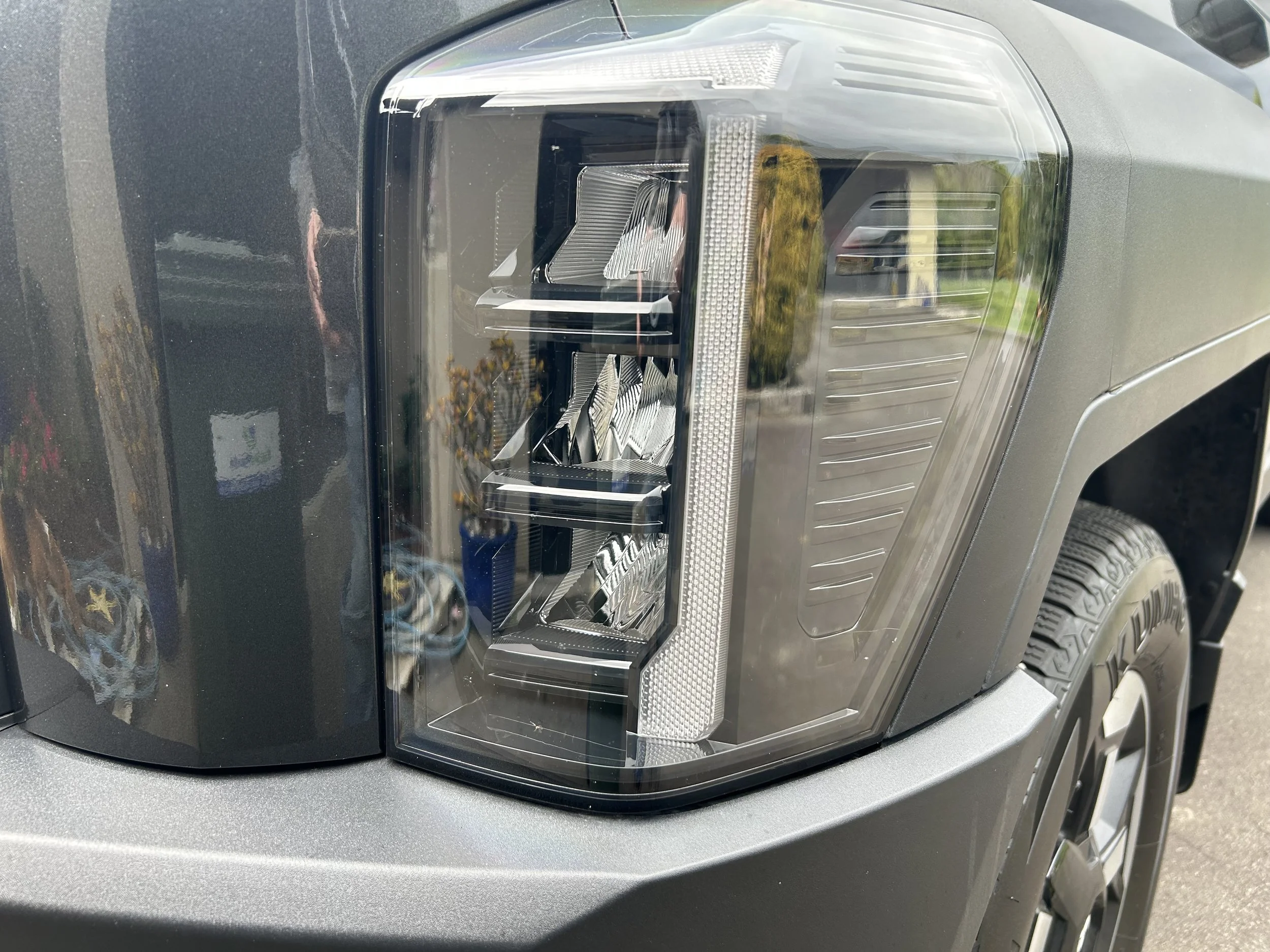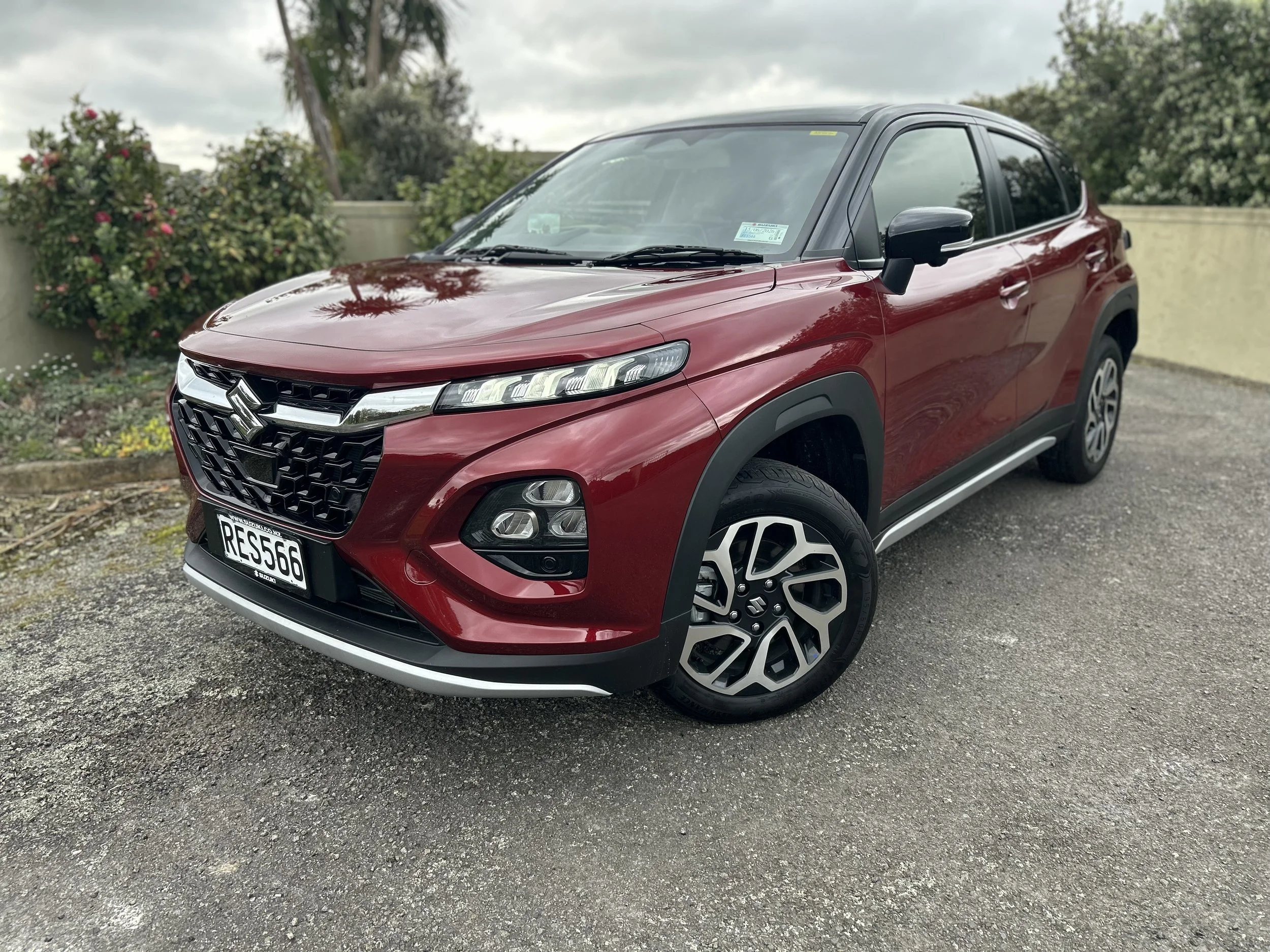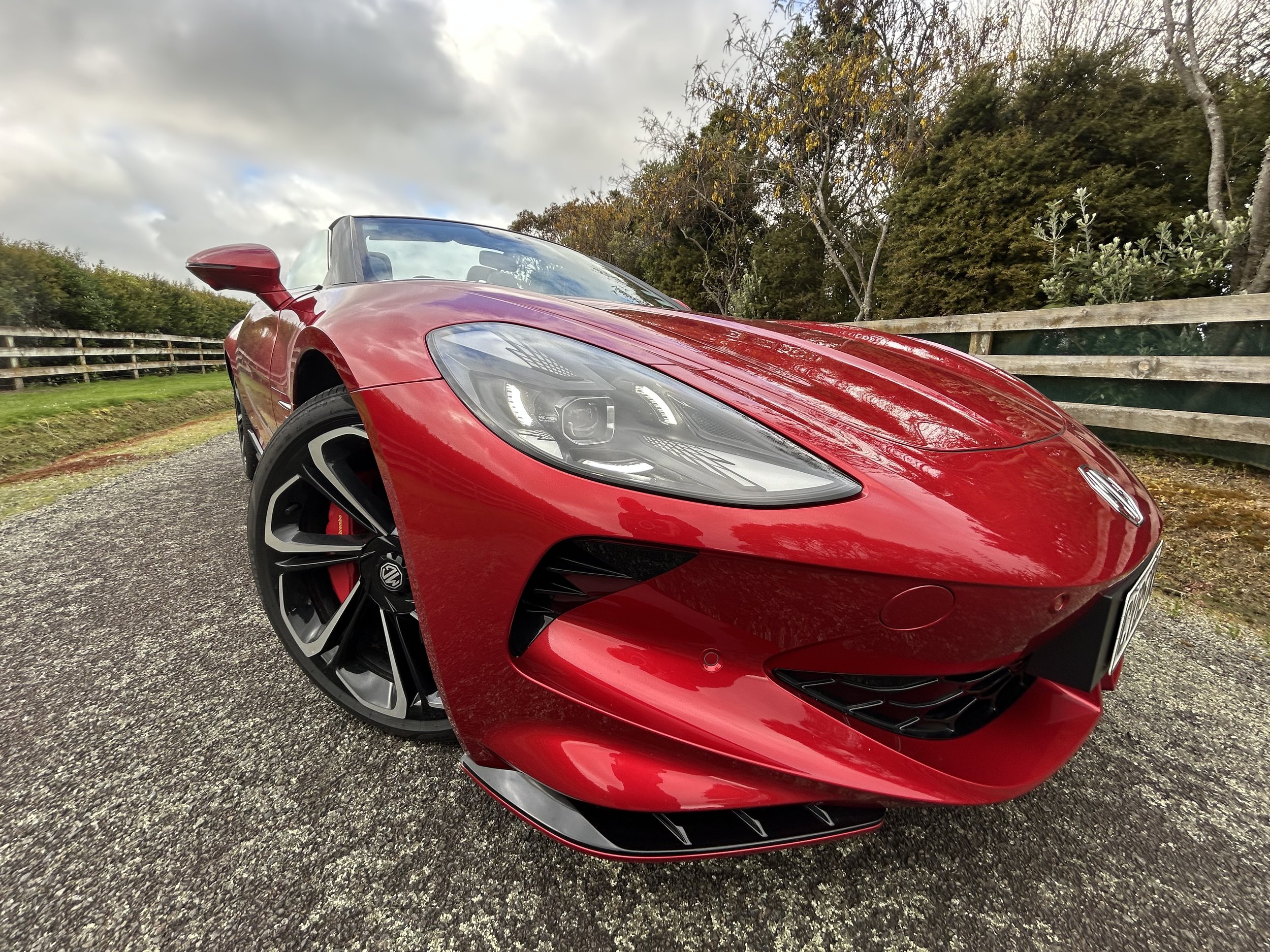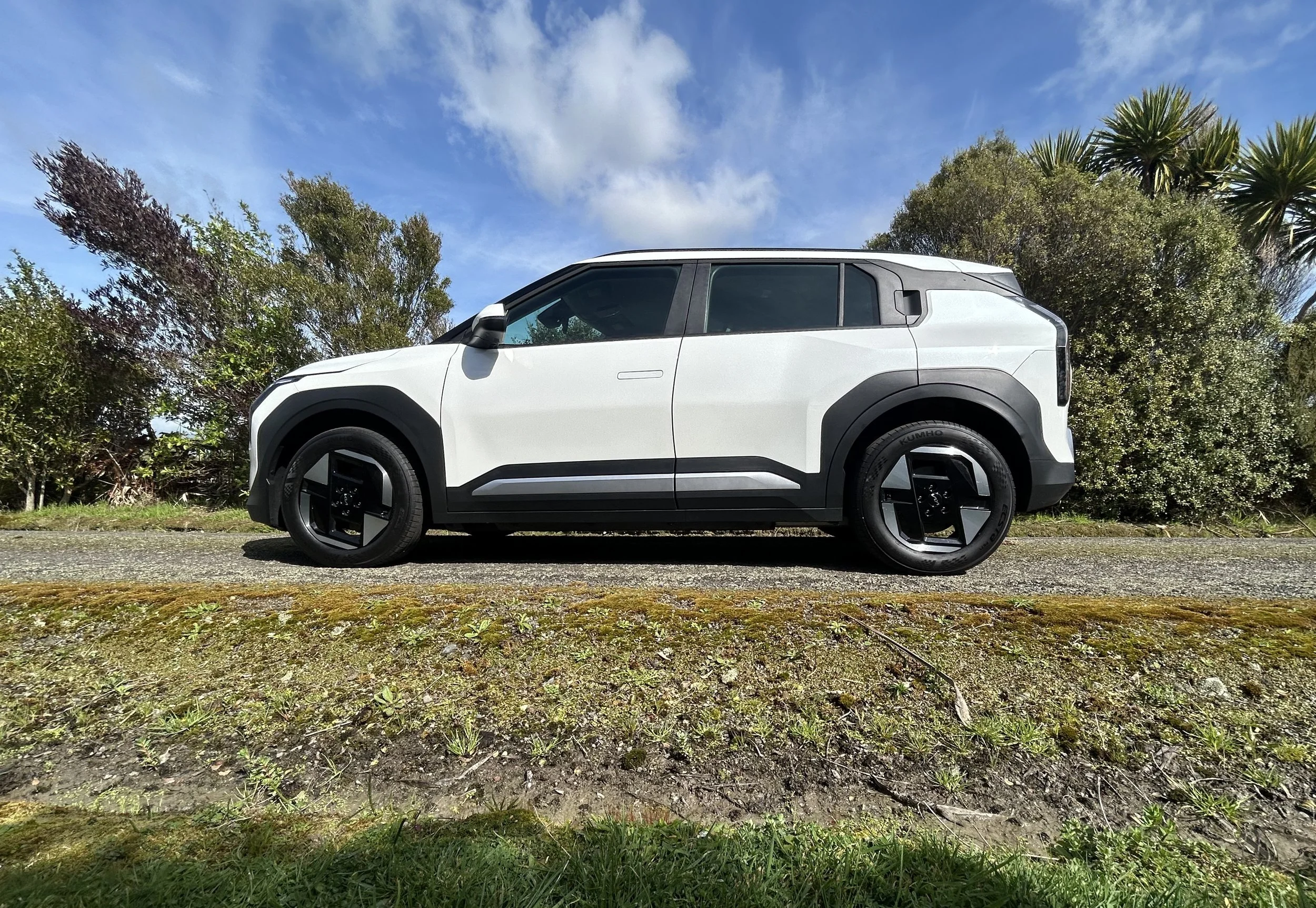Compass reading for NZ unknown
/Jeep has revealed the replacement for a medium light duties’ sports utility divested here in previous form.
HERE’S the new Compass, a car explicitly designed to get Jeep moving into an electric future - but will it come to New Zealand to help get the brand out of a significant national sales rut?
Jeep has been losing a lot of sales pace here, it’s gone from being serious contender in the hardy off-road scene to which it can claim genetic allegiance and lighter duty sports utilities that conceivably offer more potential by aiming at a different audience aren’t get much mud under their tyres, either.
Achieving 523 units in 2023, the last strong year for new car sales, put it into a niche.
Last year, when registrations dropped considerably, it really suffered, with just 240 cars registered nationally. That count will include demonstrators and any vehicle it runs in its own fleet.
To give some context to that, look to RAM, the other American brand in the Ateco Automotive stable that holds distribution rights. It’s far more specialist, being purely about full-sized fuel-hungry pick up trucks, yet last year it moved 254 and in 2023 achieved 262.
Jeep internationally has been losing ground, as well; including in its homeland. Back in the USA, the focus for growth still relates more to the rugged traditional types; mostly Wrangler and Grand Cherokee. These also mainly populate the NZ menu and some are subject to special incentive pricing.
For the rest of the world, the Compass SUV is a far more important model for the company.
The outgoing Compass has sold more than 2.6 million vehicles since it was first launched in 2006. Now there’s a brand new one.
Should we be worried that Jeep in New Zealand appears to have said nothing about the latest edition’s chances for sale here?
Not really; they’re just not the communicative types. Plus, of course, there’s the matter of the old Compass having been dropped out of the local lineup some time ago. The only light duties car of that ilk is currently offers is the Avenger.
Conceivably, with Compass being a larger choice, it could still sit above Avenger and, if and when it comes, should be easy to spot.
It’s not much of a larger car than before, but has a longer wheelbase, leading to a 55mm improvement in legroom, and there's a substantial 550 litre boot, plus another 34 litres of storage space around the cabin.
Although there are the usual nods to the company's heritage with the seven-slot grille, overall the model steers away from too much self-consciously retro design.
Though not an all-out trail blazer, it is built to take some knocks. Many of the exterior plastics use dyed-in-the-mould tech so that they're scratch resistant, and some have bumpers which are more heavily cut-away for a more aggressively off-roader-ish look.
Jeep has even moved the mounting of the front-mounted radar unit (which runs the adaptive cruise control and the autonomous emergency braking system) so that it won't get damaged.
New Compass sits on the STLA platform used by a host of Citroen, Peugeot (including the 3008 GT hybrid tested recently) and Opel models. With the world moving away from wholesale fossil fuel reliance, it’s prudent Compass comes with a full lineup of power options, from a simple hybrid to a long-range plug-in hybrid to full electric types, identified by having 4xe badging.
With the latter, the range leader, with up to 650 kilometres from a charge, is one with less off-road capability, as it’s a front-drive type. This 158kW version uses the biggest available 98kWh battery pack. There a 73kWh battery and a range of up to 500km.
If you’re serious about electric-driven adventuring, then the all-wheel drive 4xe version is the go-to. Jeep assures it has been designed to provide the sort of off-road prowess that goes with brand name. With a total output of 280kW, the 4xe uses a 49kWh rear-mounted electric motor with 232Nm of torque.
Jeep says a 14:1 reduction gear for that motor allows it to deliver bursts of up to 3100Nm of torque at the wheels, meaning that the Compass can surge up a 20 percent slope even if the front wheels aren't able to find traction.
The EV versions of the Compass will be able to charge at up to 160kW on DC fast charging power, allowing for a 20-80 percent top-up in 30 minutes. There's also the option of 22kW AC charging for the fastest possible charge-up times when using slower kerbside charging points.
The petrol-aligned Compass range uses the Stellantis familiar 1.2-litre hybrid petrol engine, upgraded to 108kW (so, 8kW more than in the 3008) and there will be a 145kW plug-in hybrid too, based around a 1.6-litre turbo petrol engine. Electric range of around 80km is claimed for that one.
The off-roading side of thing demands Compass has up to 200mm of ground clearance and can wade through as much as 470mm of standing water. The front and rear overhangs have been trimmed so that the Compass can climb and descend steeper slopes.
As with the Stellantis sister models already seen here, the Compass has screens; a 10-inch instrument display for the driver and a 16-inch touchscreen for the infotainment system. There's an optional head-up display too.
European versions of the Compass will be built in Melfi, Italy, the supply point for current Compass doe this part of the world (it still sells in Australia). North American production had been announced for Ontario, Canada, but perhaps Donald Trump’s tariff edicts will lead to reconsideration of that idea.










